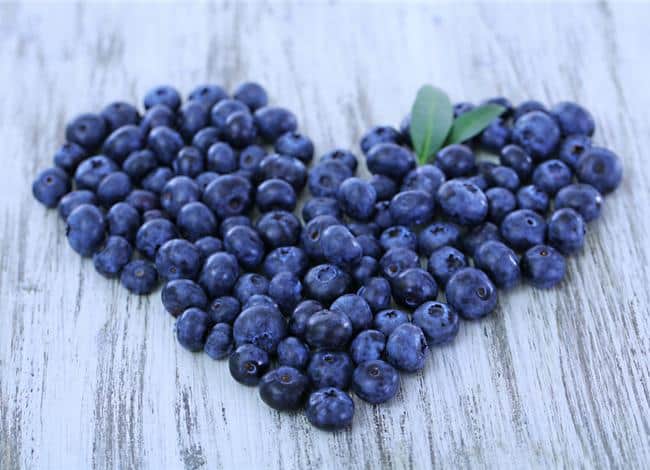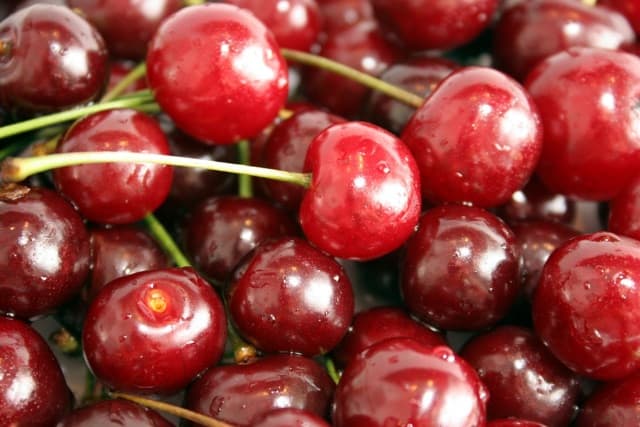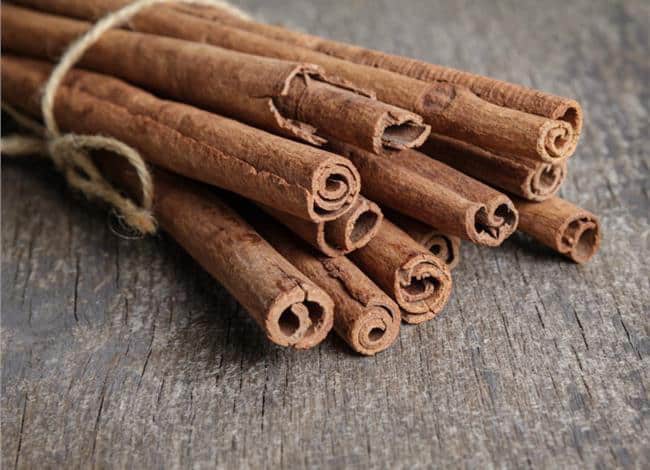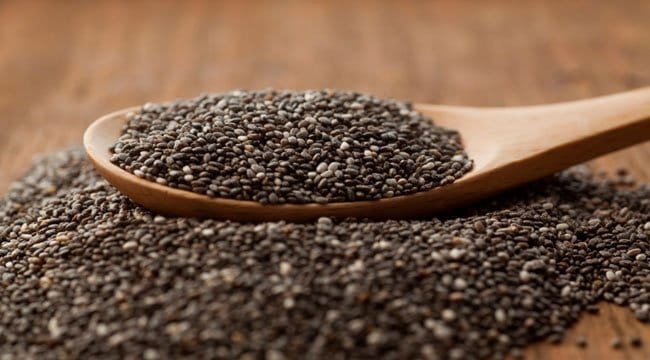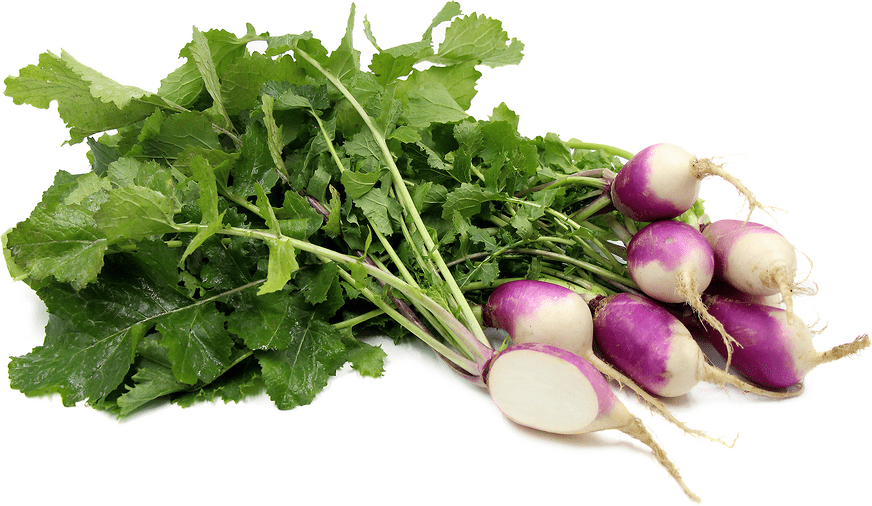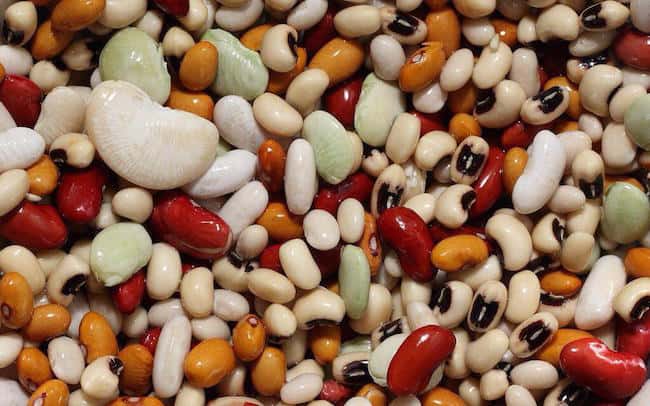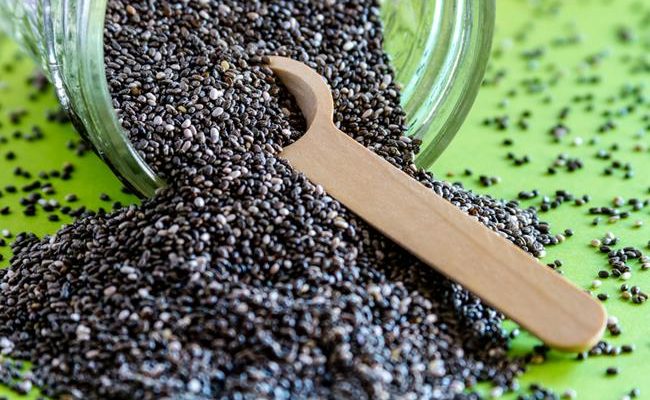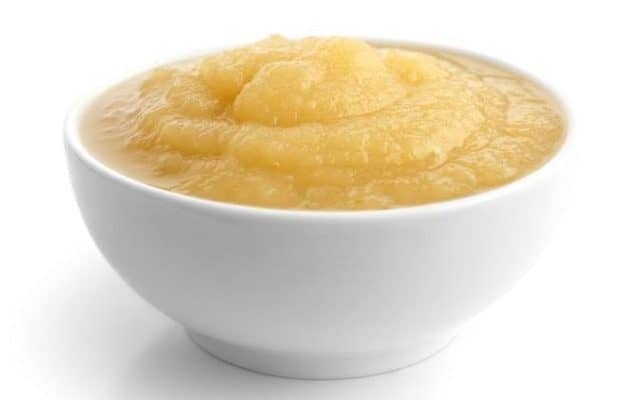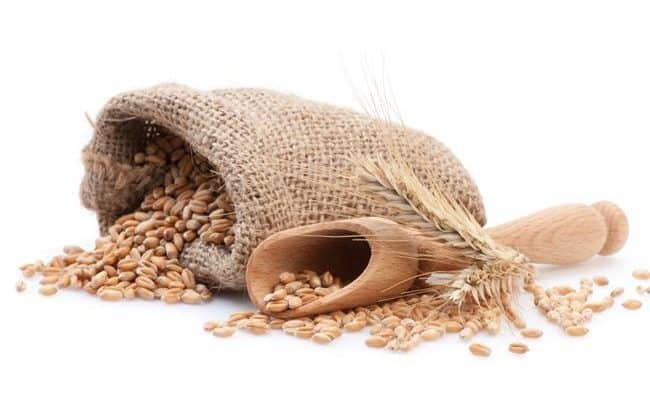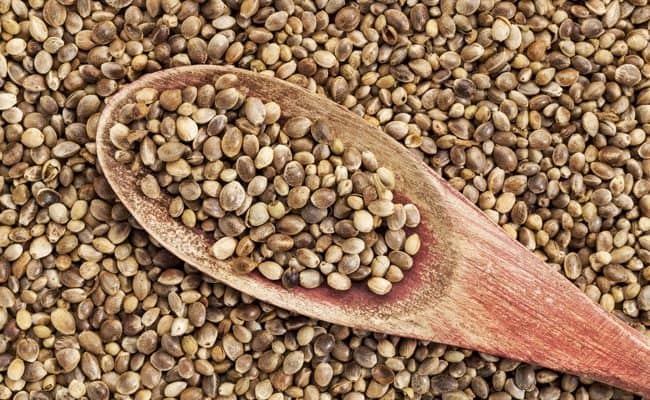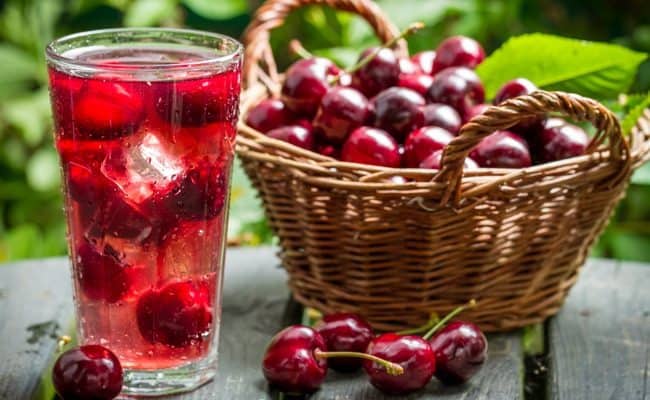
At the beginning of a New Year, many people are looking for ways to resolve their New Year resolutions for weight loss and health. As a result, there is a lot of information on new diet trends people should try as the calendar year turns.
However, instead of trying the latest fad diet for the 2017 New Year, focusing on eating more nutrient dense, and low calorie foods in your diet can offer sustainable, long term health benefits.
Increasing the variety of your food choices can be key to help you get a widespread intake of nutrients from your diet.
Aim to get a wide variety of fruits, vegetables, proteins and whole grains.
While these low calorie foods definitely have reason to be added to your eating plan in 2017, keep in mind this is not an extensive list.
These listed foods have some robust health benefits and should definitely be added to or increased in your diet for the New Year and beyond.
#1 – Blueberries
A cup of blueberries is less than 100 calories and provides a rich source of antioxidants, 3.5 grams of fiber and is a good source of vitamin C and manganese.
According to the US Highbush Blueberry Council (1), out of 40 fruits and vegetables blueberries rank first for antioxidant activity.
Eating a diet rich in antioxidants has been associated with lowering risk for many chronic diseases, so adding blueberries to your diet can definitely up your antioxidant intake.
Because blueberries are so high in antioxidants, research studies suggest they could help lower risk for age-related dementia, urinary tract infections and help lower blood cholesterol levels (2).
Other berries have many of the same health benefits as blueberries, but some research suggests specifically blueberries could have additional protection against some diseases.
#2 – Cherries
Like blueberries, cherries are a rich source of anthocyanins that give fruits and vegetables the rich red, blue and purple color.
Because of this and other compounds cherries have, eating more cherries can offer some unique health benefits.
Most health benefits are more strongly associated with red tart cherries, but getting more of any variety of cherries can be beneficial.
Research from University of Michigan (3) suggests tart cherries helped lower risk for stroke in rats and even provided similar cardiovascular health benefits compared to medications.
More research is needed in humans, but this suggests the anthocyanins and other compounds in cherries have special benefit for cardiovascular health.
Besides cardiovascular system, research suggests cherries can lower inflammation in other parts of the body.
According to the Arthritis Foundation (4), research studies have shown tart cherries help lower gout flare ups in joints, and tart cherry juice could help lower pain and stiffness associated with osteoarthritis.
Even if you don’t have gout or arthritis, getting foods that are anti-inflammatory, like cherries, can be beneficial for overall health.
Keep in mind cherry flavored foods do not carry the same health benefits as eating real cherry products.
Cherry flavored drinks and sweets usually have little real cherries in them. To get the most benefit from cherries and to keep calorie intake low, consume fresh, frozen or dried cherries.
You can also add tart cherry juice to smoothies or with sparkling water.
#3 – Cinnamon
Adding more cinnamon to your diet can do a lot more than just add flavor for virtually zero calories.
Cinnamon has been found to have the following health properties: antioxidant, anti-inflammatory, antimicrobial, anti-cancer, lowering blood lipid levels and may protect against age related cognitive degeneration.
Many rodent studies have also shown cinnamon extract can lower blood glucose levels and may help protect against type 2 diabetes (5).
You can easily get more cinnamon in your diet by sprinkling it on: hot cereal, smoothies, yogurt, stir fries, curries, soups and roasted vegetables.
Don’t be afraid to experiment with using cinnamon in more of your savory dishes!
#4 – Chia seeds
The nutritional health benefits of chia seeds are numerous, and the popularity of chia seeds continues to grow.
In fact, chia seed market has grown over 200% and will be a $1.1 billion category by 2020 according to a 2013 Food Navigator article (6).
Adding chia seeds in 2017 can offer many health benefits. They are a good source of fiber and protein meaning they can help keep you feeling satisfied after eating.
They are also a good source of omega 3’s, antioxidants, magnesium, zinc, iron and calcium.
They contain more omega 3’s, calcium and fiber than flaxseeds.
Chia seeds can be incorporated raw or cooked, and they absorb water.
Therefore, if you eat chia seeds raw, make sure you have some fluids with them.
You can even put chia seeds in your water bottle to up your intake, but note it can add some texture to your water.
You can also add chia seeds to salads, baked goods, smoothies, oatmeal, etc.
#5- Turnips
Turnips are root vegetables that can be used like a potato.
A medium sized turnip provides about 35 calories, but an average potato provides over 100 calories.
Turnips are low in calories but very high in many nutrients. Another difference with turnips is they are actually considered a cruciferous vegetable, unlike potatoes.
Cruciferous vegetables have a specific sulfur compound called glucosinolates.
These glucosinolates when broken down in the body can help protect against cancer by: inactivating carcinogens, induce cell death for cancer cells and inhibit blood vessel formation (7).
Besides turnips, other cruciferous vegetables include: arugula, Bok choy, broccoli, cauliflower, Brussels sprouts, cabbage and kale.
Getting a variety of cruciferous vegetables is recommended for optimal health benefit.
Try using turnips in place of potatoes in soups, roasted or mashed instead of mashed potatoes.
#6 – Legumes
On any given day, less than 10% of Americans eat legumes (8).
Legumes have much to offer nutritionally: they are high in fiber, protein, B vitamins, iron, copper, magnesium, manganese, zinc and antioxidants.
Regularly eating legumes can help lower LDL cholesterol levels, help with weight control and can have a positive impact on blood pressure (9).
A half cup of legumes provides about 115 calories with 7-9 grams of fiber and 8 grams of protein.
Not only are legumes nutrient dense, but they are a relatively cheap food source.
For these reasons, the United Nations (10) called 2016 the year of the pulses (pulses are another name for legumes) to make efforts to get people to consume more legumes.
An increased intake of legumes should transfer over into 2017, not just for 2016.
